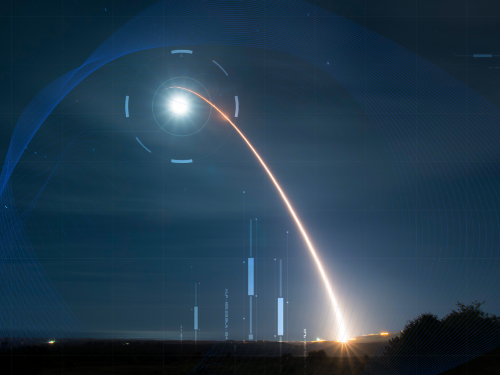In a world saturated with content, podcasts offer a rare opportunity: uninterrupted attention. Listeners willingly tune in—often for 20 minutes or more—creating space for meaningful storytelling, thought leadership, and brand positioning. But what happens when your industry is one of the most tightly regulated?
For sectors like financial services, healthcare, energy, and government contracting, podcast marketing can feel like a compliance minefield. Privacy laws, advertising restrictions, and strict review protocols can make even the most well-intentioned ideas feel too risky to pursue.
But the truth is, when done right, podcasts can become a powerful, compliant communication channel—helping brands build trust, educate audiences, and differentiate from the competition.
Here’s how regulated industries can safely—and successfully—enter the podcast space.

1. Start with Strategy: Define Goals and Guardrails
Before pressing record, define the purpose of your podcast. Is it to educate clients? Attract talent? Showcase executive expertise? The answer will inform everything from tone and topics to distribution strategy.
In regulated industries, strategic planning should also include:
- Legal and compliance team involvement from the start
- Content approval workflows built into production timelines
- Defined no-go zones for topics or phrasing
When stakeholders align early, it’s easier to create content that’s both compelling and compliant.
2. Choose the Right Format for Your Risk Profile
Not every podcast has to be edgy or controversial to succeed. In fact, many of the most effective B2B podcasts take an interview-based or roundtable approach that focuses on subject-matter expertise, not sales.
Consider formats like:
- Executive Q&As with pre-scripted or pre-approved questions
- Narrative storytelling based on public case studies or anonymized experiences
- Topic deep-dives led by legal-approved thought leaders
A clear format keeps your message on track—and makes it easier to implement review processes without losing momentum.
3. Build in Compliance Without Killing Creativity
Regulated doesn’t have to mean boring. The key is finding creative ways to work within the rules. That might mean:
- Using a branded disclaimer at the beginning of each episode
- Incorporating compliance-friendly show notes with citations or disclosures
- Creating “editorial zones” where guests can speak freely, followed by clear, approved wrap-up messaging
With the right guardrails in place, your brand can still tell compelling stories without triggering red flags.

4. Distribute Strategically—and Securely
Public podcast platforms (Apple, Spotify) offer wide reach, but for some industries, gated distribution may be a better fit. Consider:
- Hosting private podcasts via platforms like Captivate or Podbean Pro
- Using internal channels like email newsletters or employee portals
- Creating companion blogs or transcripts that meet accessibility and compliance standards
In some cases, a hybrid model—where the main episode is public, but bonus content is gated—can deliver the best of both worlds.
5. Measure What Matters
Don’t just track downloads. Instead, focus on:
- Audience engagement (e.g., listens per episode, drop-off rate)
- Lead quality or post-listen conversions
- Internal feedback if the podcast supports recruitment or employee branding
If you’re in a regulated space, you already know success isn’t just about volume—it’s about building trust, demonstrating authority, and delivering real value. Podcasts, when strategically developed, can check every one of those boxes.
At Bluetext, we help brands in highly regulated industries craft podcast strategies that are as compliant as they are compelling.
Contact us to build a branded audio experience that breaks through the noise—without breaking the rules.




